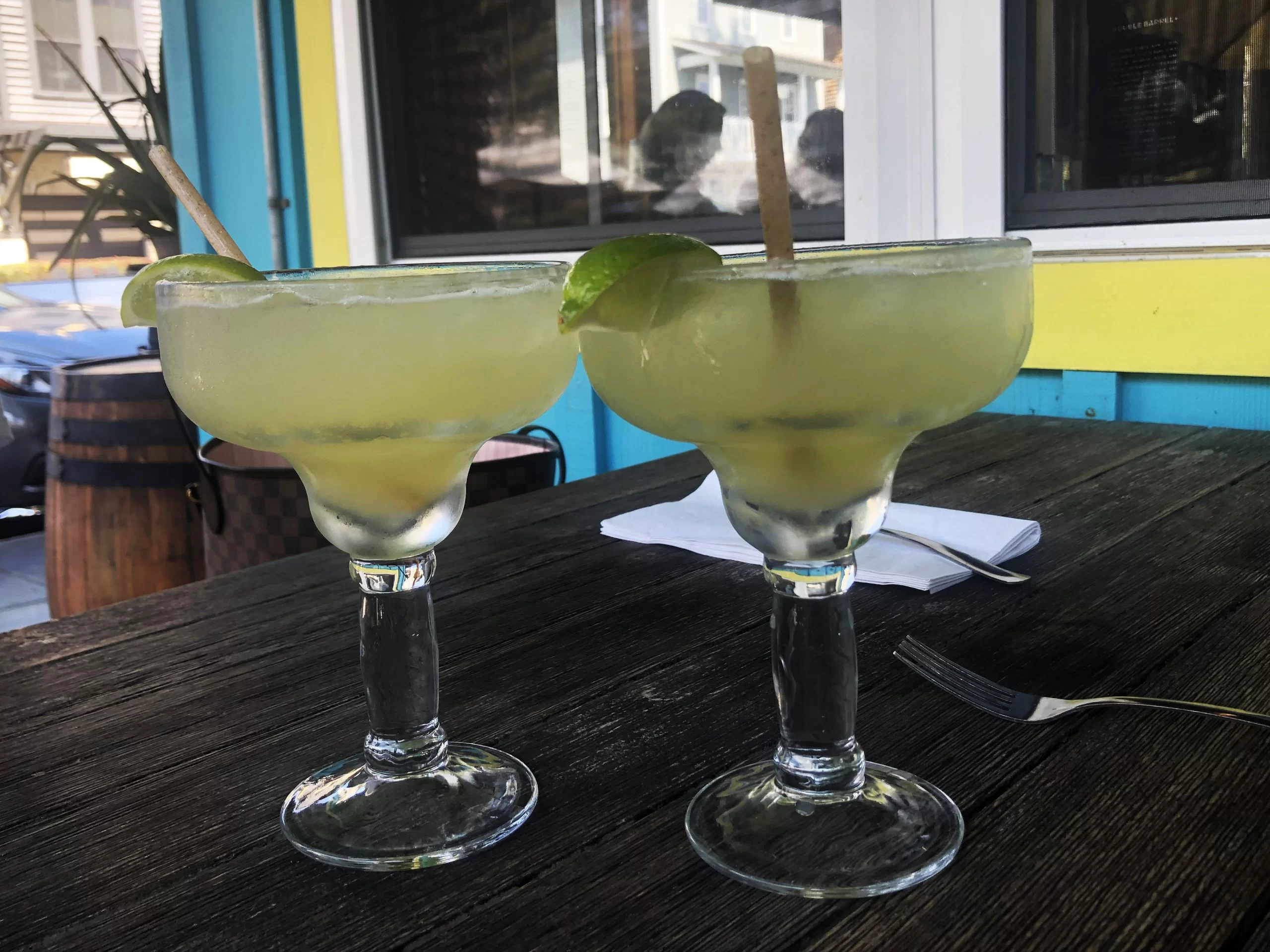
Did you know Beaufort was home to the Reconstruction Era National Historical Park? It is only fitting that it is found in Beaufort, because that is where freedom from slavery began in the south! The Emancipation Proclamation was first read in the South on January 1, 1863, at Camp Saxton, just a stone’s throw away from Beaufort in Port Royal. During the Civil War the US military occupied Beaufort as a command center for east coast operations. Many of the historic homes and churches were used as offices, hospitals, and quarters. Many churches were converted into schools for the newly freed. Some of these homes were bought by former slaves at tax auctions.

The Reconstruction Era lasted from 1861 to 1877. During this important time four million newly freed African Americans sought to integrate themselves into a free society. They contributed to the educational, economic, and political life of Beaufort. This process began as the Port Royal Experiment. After the Battle of Port Royal more than 10,000 slaves were left behind when the white population fled the area. Schools were established to teach reading, writing, and other life skills. Many joined the US Army and trained at Camp Saxton, the very place where they heard the Emancipation Proclamation.
The Reconstruction Era National Historical Park is comprised of three main locations, along with three park partners that aid in telling the story of the Port Royal Experiment, which helped formerly enslaved people become self-sufficient. In addition to being a group of historic sites in and around Beaufort, it tells the story of what happened after the Civil War as newly freed African Americans and the nation struggled toward reconciliation. The park consists of historic sites that were instrumental in the Reconstruction Era of Beaufort. Penn Center’s Darrah Hall and Brick Baptist Church on St. Helena Island, Camp Saxton and the Pinckney-Porters Chapel in Port Royal join the Old Beaufort Firehouse to tell the story of Reconstruction.


The Reconstruction Era National Historical Park Visitor Center can be found in the Old Beaufort Firehouse, 706 Craven Street. The visitor center contains displays and artwork that depict the struggle of the formerly enslaved people and their ascension to citizenship. The center also houses information about the other sites and their importance in the history.




Darrah Hall and the Brick Baptist Church can be found on the grounds of St. Helena Island’s Penn Center. The Penn School was established in 1862 as the first school in the south for former slaves. Quaker and Unitarian missionaries from Pennsylvania founded the school and taught classes. Early classes were held in the Brick Baptist Church, which was built in 1855 by the very slaves that would later learn to read and write within its walls. Careful examination of the bricks reveals handprints from the enslaved artists who formed the bricks from clay.

Darrah Hall is the oldest building on the campus of the Penn Center. It was built by Penn School specifically for community use. It has been a gathering place for the community for over 100 years. This building, along with others on the property represents the development of the center through the 19th and 20th centuries. The hall is used for interpretive purposes by the park, as well as for community events.




Camp Saxton was founded on the site of Fort Frederick, a pre-Revolutionary War fort that was abandoned and absorbed into Smith Plantation. On New Year’s Day in 1863, the Emancipation Proclamation was read aloud here to 10,000 former slaves. After the Proclamation was read, the 1st South Carolina Volunteers was formed. This all-black regiment trained at Camp Saxton from 1862 to 1863. The site is preserved as the Fort Frederick Heritage Preserve. The tabby fort was originally built by the British in the 1730s. During the Civil War a bridge was built across its walls to serve as a dock to welcome former slaves to the reading of the Emancipation Proclamation.




Pinckney Porter Chapel is a Reconstruction-Era Freedman’s Chapel that was restored and moved to Port Royal’s Naval Heritage Park. The chapel houses temporary exhibits and Camp Saxton programs begin at the site. The chapel is, in part, named for Senator Clemente Pinckney who served as pastor to the church from 1996-1998. Senator Pinckney was gunned down while serving as a pastor for Charleston’s Mother Emanuel AME Church in 2015. Pinckney was a beloved native of Ridgeland and served as a South Carolina state senator for Beaufort County. The chapel is open on Saturday mornings and park rangers are available to answer questions.
Reconstruction Era National Historical Park Visitor Center – 706 Craven Street, Beaufort
Brick Baptist Church – 85 Martin Luther King Drive, St Helena Island
Darrah Hall & Penn Center – 16 Penn Center Cir E, St Helena Island
Camp Saxton – 601 Old Fort Road, Port Royal
Pinckney-Porters Chapel – Naval Heritage Park, Pinckney Street, Port Royal

























































































































